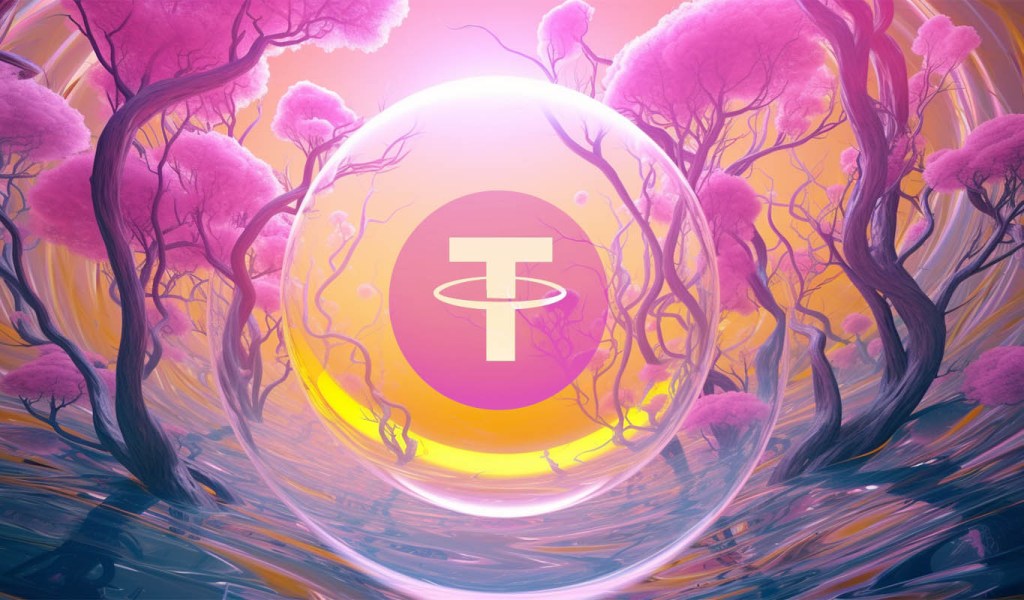
Terraform Labs donates $1.1B for Luna Foundation Guard’s reserves

High demand for UST has led to a pool imbalance on Curve Finance, requiring intervention.
On Friday, Do Kwon, founder and CEO of Terraform Labs (TFL), which develops the blockchain ecosystem consisting of Terra Luna (LUNA) and the TerraUSD stablecoin (UST), announced that TFL had donated 12 million LUNA ($1.1 billion at the time of publication) to the Luna Foundation Guard (LFG). LFG launched in January to grow the Terra ecosystem and improve the sustainability of its stablecoins. Kwon noted the funds, denominated in LUNA, will be burned to mint UST to grow the LFG’s reserves:
“We will keep growing reserves until it becomes mathematically impossible for idiots to claim de-peg risk for UST.”
UST is an algorithmic stablecoin with a theoretical exchange rate of 1:1 with the U.S. dollar, and is in part maintained by swapping of/for LUNA tokens when its market value deviates from its peg. The burning of $1 in UST results in the minting of $1 in LUNA and vice versa.
However, due to a high demand for UST on decentralized finance, or DeFi, platforms like Curve Finance, this results in unbalanced pools for swapping stablecoins. For example, as more and more crypto enthusiasts swap their USD Coin and Tether (USDT) for UST, the pool’s reserves will deplete, thereby causing price volatility as supply lags behind demand. Two days prior, TFG had already voted on burning the 4.2 million LUNA left in its treasury to protect UST’s peg. According to TFG:
“LFG will swap the [new] LUNA to UST (swap=burn) and sell the UST to the Curve pool. The proceeds will go back to LFG reserves to purchase BTC.”
Thanks to Terra’s flagship Anchor Protocol, UST is a very popular coin among crypto enthusiasts, which promises up to 20% annual yield on UST savings deposits. However, due to an imbalance of depositors and lenders paying interest, the Anchor Protocol’s reserve (for paying the promised yield) is still on the decline at time of publication, although it recently experienced a massive capital infusion.
If there is any confusion left at this point, we will keep growing reserves until it becomes mathematically impossible for idiots to claim depeg risk for $UST $UST is mighty https://t.co/6xCDPWJUTX
— Do Kwon (@stablekwon) March 11, 2022
Go to Source
Author: Zhiyuan Sun









